Translation results of russia Ukraine War
When studying military subjects, you have to base your research on either historical or distant clashes. The most unpleasant and most terrible of all is to study the war from the inside. Right now I have a perfect opportunity to study russia Ukraine war from the inside. The result of such studies will be as reliable and effective as possible. Military enthusiasts must remember to stay objective and rational in all circumstances, no matter how dangerous or close to the action of the war are. It is not always comfortable to study war from the inside, but it is important to get an accurate picture of what is happening. So it’s time to discuss the transitional lessons of the russia Ukraine war. Let’s start from the very top.
Satellites and space
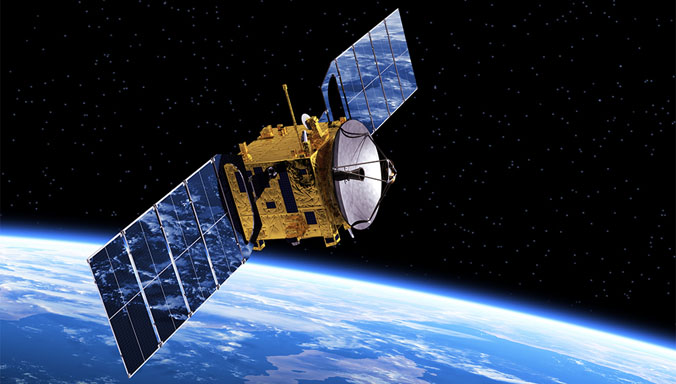
As it turned out, the most useful satellites in space are navigation – GPS. They are simply irreplaceable. Precise orientation on the ground has become the main staple of space for all branches of the military. Secondly, communication satellites make a huge difference. You can do without them, but it is better to have them available for immediate use. Surprisingly, reconnaissance satellites turned out to be useful, but not irreplaceable. The pictures that they make from way above are not suitable for accurate strikes. A small drone should additionally fly into the detected area of concentration of targets to set more accurate target coordinates. Reconnaissance satellites can be easily replaced by high-altitude surveillance reconnaissance drones, so those who do not have “space” eyes can replace them.
Unmanned Aerial Vehicles

Piloted aviation has to change. Without long-range high-precision weapons, it is only suitable for strikes against residential buildings and infrastructure. Tactical, high mobile short-range air defense (up to 20 km) can not be suppressed in principle, and fighters are severely punished for trying to approach the troops at a short distance with conventional bombs. Drones are definitely more desirable in such conditions, being able to strike from way above. But the operational range of drones needs to be significantly increased to win the competition against regular airplanes. There is an urgent need for a meteorological drone for artillery, which would measure the atmosphere along the firing trajectory to the maximum range. For the howitzers with a firing range of even 18 km, it’s almost impossible to shoot accurately, due to the unknown and different wind speeds at such distances. It gets even worse for strikes at the 30-40km range. Constant dynamic monitoring of the weather is indispensable here during russia Ukraine war.
Helicopters are on their way to loose their effectiveness
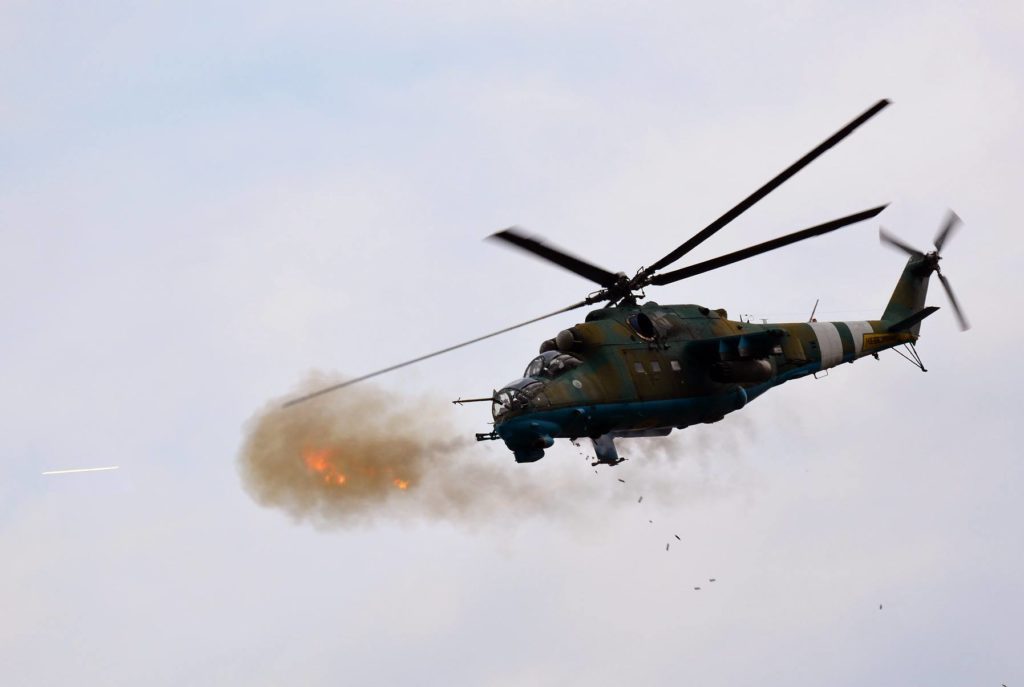
Combat helicopters suffer monstrous losses wherever they are used. They have outlived their concept as such by the look of it. The very idea of combat helicopters was to have a stable air platform for small-caliber aircraft guns to fight against ground armored vehicles. With current air defence systems this became almost impossible to do in practice. Another advantage was the ability to launch missiles, but drones can do it better nowadays. Transport helicopters, on the contrary, are very much needed. However, it is important to only use them over friendly territory. Any attempts to use them at the front line will not end up well, both for helicopters and for the cargo they carry.
The concept of helicopter landings has failed miserably. All the attempts by the russian side ended badly with 100% of the paratroopers being killed or captured. As it turned out, even a few hundred paratroopers with small arms are good for nothing in the conditions of a conventional warfare. And in fact, the passion for these landings is from the world of wars against savages and rebels without heavy weapons. The only feasible role of such helicopter infantrymen is the short-term plugging of holes in the front of their territory. But in this case the helicopter is used for transport purposes as was mentioned before.
Tanks and other armored vehicles
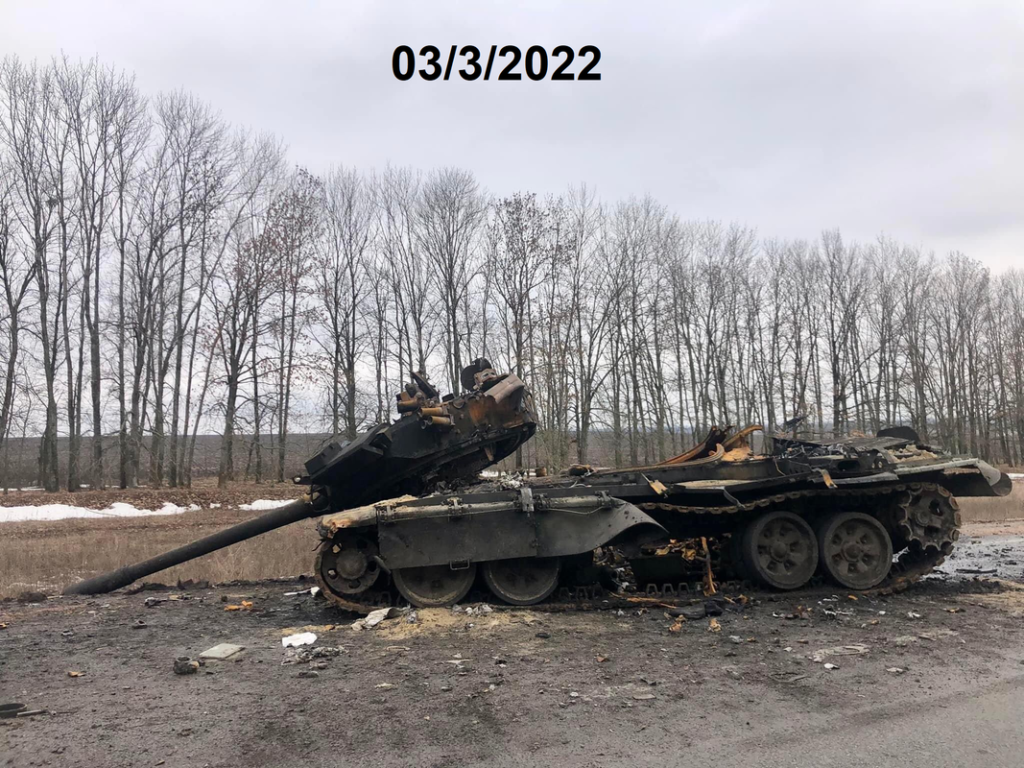
Armored vehicles showed both all their strength and all their weakness. The need for strike power during the offensive has remained as before. But it is completely impossible to use Soviet-era designed tanks for this task. In addition to the general obsolescence a logistical tail factor is added. An armored tank battalion is only a tip of the spear, followed of miles long columns of armorless fuel trucks, which flare up like matches. Same goes for infantry fighting vehicles – they are definitely required, but not coldwar era ones.Even foreign samples would look pale in russia Ukraine war. The problem of the logistical tail coincides with the problems of military infrastructure and its total vulnerability. This phenomena has it’s roots from the reality of the Second World War when the artillery firing range was not more then 12 km and this was the end of most fire capabilities. Today, both sides have cruise missiles, ballistic missiles, low-observable attack drones that drop aerial bombs. Columns of supply trucks, railway junctions, barracks, radars, communication and control points become perfect and easy targets. No air defense can cover them effectively. So the current logistics is only good for very unbalanced war, when one side does not have conventional military as such.
Economic view on tank losses
To make up for losses, wars have become technically complex, expensive, and states have become weaker. In the past 70 years there have been a number of “five-day” wars. These do not appear from incredible military art, but only because of low economic capabilities. Stocks of high-precision weapons run out quickly, even when working with disorginised forces (the operation to eliminate Gaddafi in Libya is a prime example). The same goes for all other military surplus stocks. Over 200,000 people have returned to Ukraine from abroad to defend it. But to turn them into actual military units requires time, resources and organisational skills. And a lot of the required military resources are not ready available and have to be bought or received, which adds more and more time and logistics. Of course, distribute Kalashnikov assault rifles can be helpful in the worst scenario, but can not work long term. To fight effectively in long conventional wars, a new military unit standard is needed. It has to be inexpensive in nature and highly mobile, but with the firepower of a mechanized regiment. And such a standard is being shaped out as we speak.
The degradation of aviation capabilities
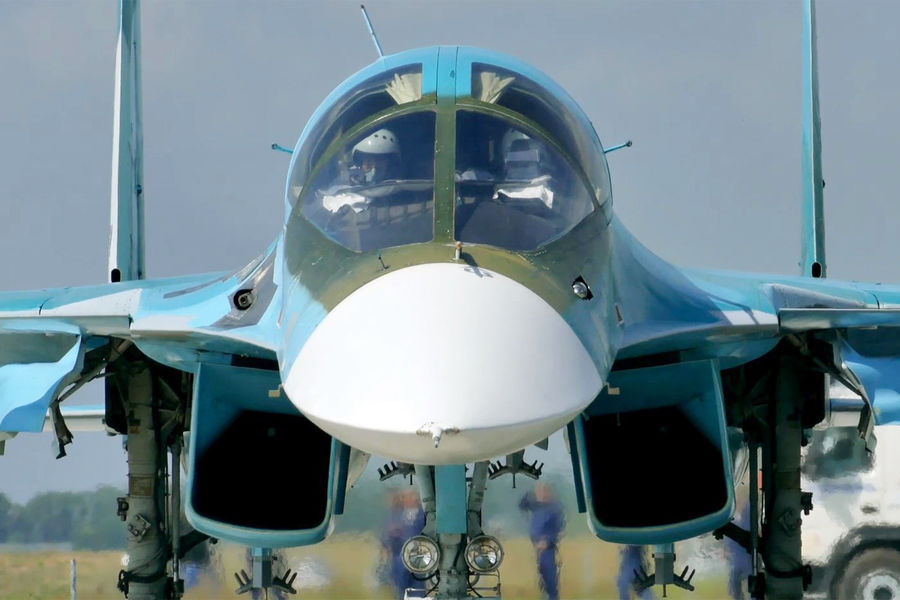
It is believed that all the superiority of the russian army rests on three pillars: caliber cruise missiles, operational-tactical Iskander, missile and fighter aircraft. Of course, there is also an advantage in artillery, but it is not of a qualitative nature. Following the results of the third week, the dynamics of strikes with “Сalibers” and “Iskanders” went down sharply. Of the recorded 1000 launches, the peak occurred in the first two weeks and today has been reduced to isolated cases. Moreover, less than half of the missiles hit the target out of the total number. From this it can be understood that the rocket storm has generally passed. Of course, single strikes, like on the barracks in Mykolaiv, can be very painful, but “Calibers” and “Iskanders” have already ceased to be strategic factors. Now we’ll see when the Russian troops lose their aviation trump card.
Russian Aerospace Forces, according to available data, have following aircraft available:
240 SU-27
168 MiG-29
98 SU-35
109 SU-34
120 MiG-31
200 Su-25
On paper – this is a lot. But everyone knows that 100% of planes never fly. It is considered that 3/4 of planes are in good working order. Here is what is happening in different armies about this: in the US Air Force in 2018, the percentage of F-35 fighters ready on a minute notice to complete one mission was 52%, and the Americans are abandoning the previously set goal of achieving a fighter aviation combat readiness level of 80%. The combat readiness of French and German fighters is an even worse: 40 to 60%. The Indian Air Force purchased the latest Russian Su-30mki fighters and later complained that their combat readiness was at around 60%.
Russian naval aviation component consisted of 450 aircraft and helicopters, and this seems to be an impressive force, but according to various Russian estimates, no more than 25-40% of aircraft are actually in good working order. But even if we take a high level of 60%, we will see that there are only 144 SU-27,100 MiG-29s, 60 SU-35s, 60 SU-34,120 Su-25s in service. This is a total of 484 aircraft representing an immediate danger to Ukraine. This number surprisingly coincides with the approximate estimate of the air group of 400-450 aircraft assembled against Ukraine. That is, they collected everything that could be used. The real number of dangerous aircraft is clear.
Further problems
Moving on. Even this serviceable horde, at the beginning of intensive exploitation, will begin to break down – both in equipment and people. Here is the information on the air operation against Yugoslavia: the increased physical and psychological stress had a negative impact on the effectiveness of the actions of the crews of combat aircraft, as well as on the state of accidents, the level of which increased by 25% compared to the previous year. Military experts explain this by the intensive use of personnel and equipment during the air operation against Yugoslavia. As a result, non-compliance with the established deadlines for routine maintenance and maintenance of aircraft, as well as a lot of pressure on the flight crew.
The Indian Air Force report on the new MiG-29K and Su-30 fighters described an even worse situation. Even with moderate use, constant problems with the engines appeared. Moreover, their repair was possible only at the factory, and they constantly have to be replaced ahead of schedule.
So, considering the actual losses in russia ukraine war we can estimate, that russian air fleet is now down to around 300 working airplanes. And this number goes down as we speak, as repairing fighting jets is not quick. Considering the sanctions, it will take considerable time for russia to fill this gap.

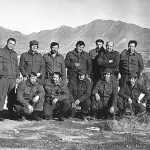



Leave a reply